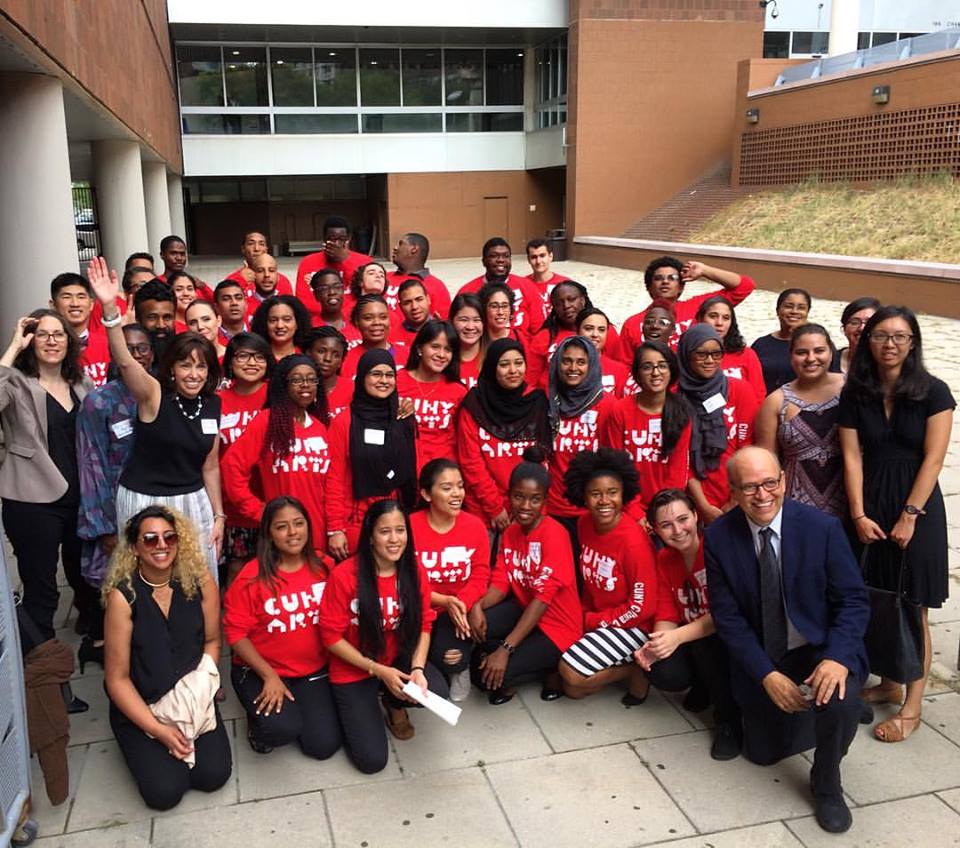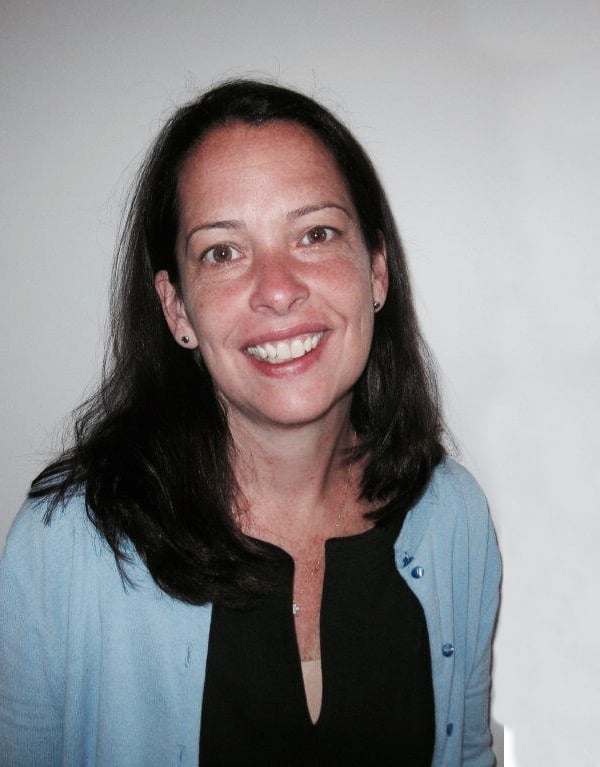Art World
In an Effort to Diversify Museum Staffs, a New Program Offers Paid Internships at Museums Across the US
The program, run by the Association of Art Museum Directors, offers a $6,300 stipend.

The program, run by the Association of Art Museum Directors, offers a $6,300 stipend.

The Association of Art Museum Directors has launched a new paid internship program for minority college students. It’s designed to help bring some much-needed diversity to museum staffs across the country, whose demographics are overwhelmingly white.
“Museums will be able to serve their communities more effectively when their leadership reflects the diversity of those communities,” Christine Anagnos, the AAMD’s executive director, told artnet News.
According to a 2015 study from the Andrew W. Mellon Foundation and the American Alliance of Museums, nonwhite people account for only 28 percent of all American museum employees, and just 16 percent of positions “most closely associated with the intellectual and educational mission,” such as curators, conservators, educators, and leadership.
“Research has consistently shown that fewer than 20 percent of art museum leadership positions are held by people of Asian, Black, Hispanic, Native American, or multiracial backgrounds,” Anagnos said in a statement. “One reason for this disparity is the limitations on access, and another is a limitation on resources. By providing paid summer internships to students who want to explore a career in art museums, we can begin to address these challenges and cultivate the next generation of art museum professionals.”

Christine Anagnos. Photo courtesy of Christine Anagnos.
The program’s pilot year will select 10 students and provide each with a stipend of $6,300 for a 12-week internship. Participants will also work with a mentor who can provide career guidance and be assigned a specific project to work on for the duration of the program. The internships are scheduled to begin in late spring 2019.
Participating students will also have the opportunity to attend two museum conferences, including the AAMD’s fall and winter conference, with expenses covered by the organization.
The initiative is a useful corollary to a grant program launched by the Ford Foundation and the Walton Family Foundation last year, which is providing $3 million to 22 institutions across the US with the goal of filling 30 percent of mid- and senior-level curatorial and management positions at US art museums with staffers from historically under-represented populations by 2025. The AAMD program works at the other end of the pipeline, boosting people at the earliest stage of their careers.
The AAMD has invited its 242 member museums in the US, Canada, and Mexico to apply to be host institutions, with a deadline of September 13. Ten museums will be selected for the pilot year. The initiative is supported by a grant from the National Endowment for the Arts.
We talked to Anagnos about the necessity of the program, how it will work, and who will benefit from it.
What are the goals of the AAMD’s new internship initiative?
This program creates a pathway for successfully growing the percentage of minorities in the arts over time, by introducing students from a range of underrepresented backgrounds to the types of jobs and skills needed in the field, and thus supporting their education and career planning. Moreover, by connecting them with leaders in the museum field, we will help them develop the professional network that can also be so crucial to a successful career.
Why do paid internships, specifically, help students of minority backgrounds?
It is pretty simple: unpaid internships make the pathway to museum employment less accessible to candidates without the resources to accept unpaid work.
What kind of students will this program be a good fit for, and what kind of projects do you expect interns will work on?
We intentionally did not limit this program to a specific area of the museum. Art museums offer entry points into a host of different departments from finance and development to marketing, education and curatorial. We felt it was important to encourage individuals with experiences and expertise that are not typically associated with museum studies or art history degrees. This may mean that the candidate has a different perspective and view—but in order to be a diverse institution, you need to accept diverse views.